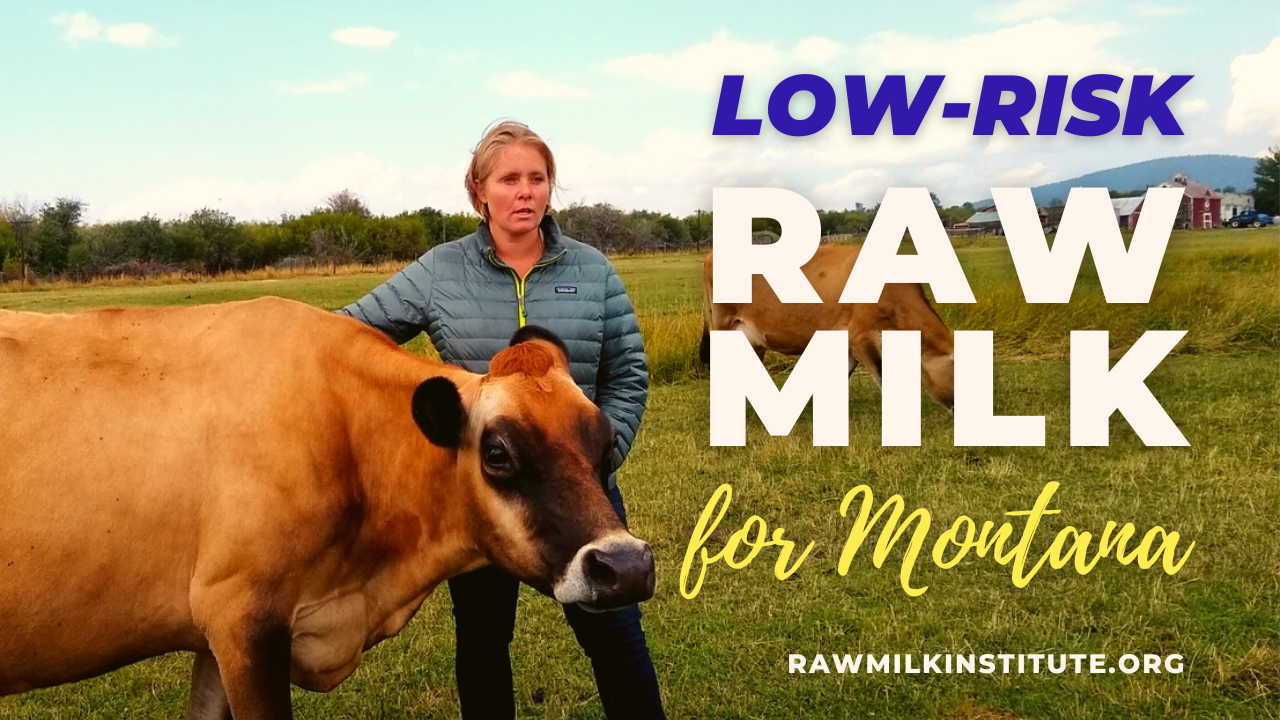Raw milk is now legal in Iowa! Whereas farmers producing milk for the pasteurized market often struggle to make ends meet, raw milk farms are thriving. Iowa’s new law presents a unique opportunity for farmers to move into an expanding market by implementing intentional practices and higher standards to produce low-risk raw milk.
On Saturday August 12th at 11am Central, the Raw Milk Institute (RAWMI) will be presenting a free 1.5-hour Iowa Raw Milk seminar. This presentation will be livestreamed online, so farmers from across Iowa will be able to conveniently attend from their own location.
Raw milk presents a unique farmstead product that brings all the added value back to the farmer with an incentive to work on quality. By selling directly to consumers, raw milk farmers are able to obtain greater financial rewards for their work, while consumers benefit from the improved flavor and nutrition. It’s a win for both farmers and consumers!
About the Training
This 1.5 hour webinar will be presented by the Raw Milk Institute (RAWMI) in collaboration with Esther Arkfeld (RAWMI Listed farmer who was instrumental in the legalization of raw milk in Iowa).
This RAWMI presentation will focus on:
Iowa’s new raw milk law
Why raw milk farms are thriving
Health benefits of raw milk
Benefits of selling raw milk
Safety and risks of raw milk
Introduction to raw milk risk management
Building a successful raw milk market
We'll be providing lots of practical tips for farmers who are interested in switching to raw milk as a sustainable business model.
How to Register
This webinar is open and free for farmers in Iowa as well as elsewhere.
SORRY, we had to close registration for this event at 100 attendees. Let us know if you missed this but want to attend a future event.






























































